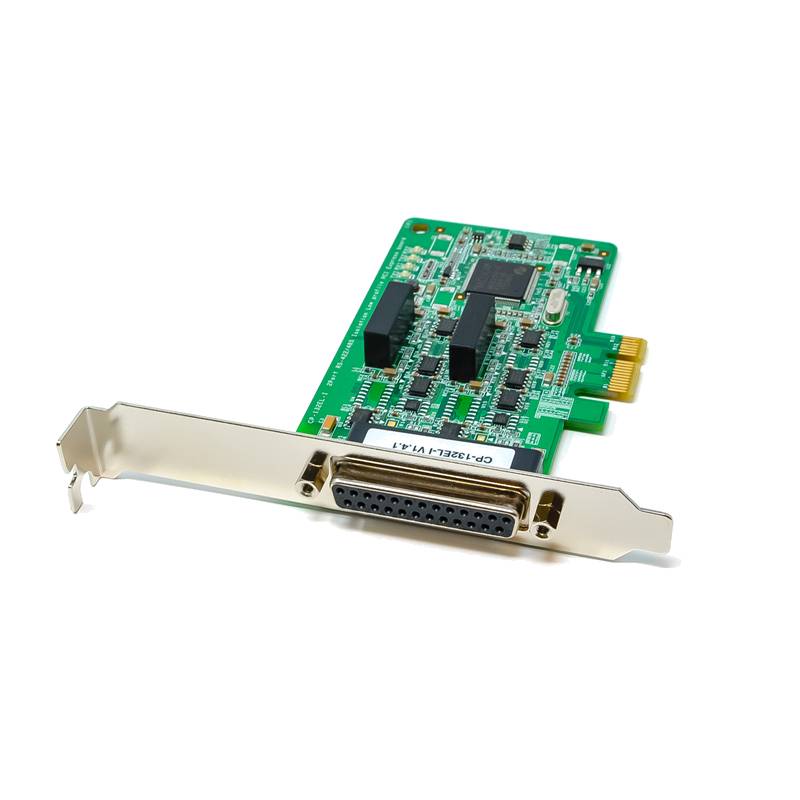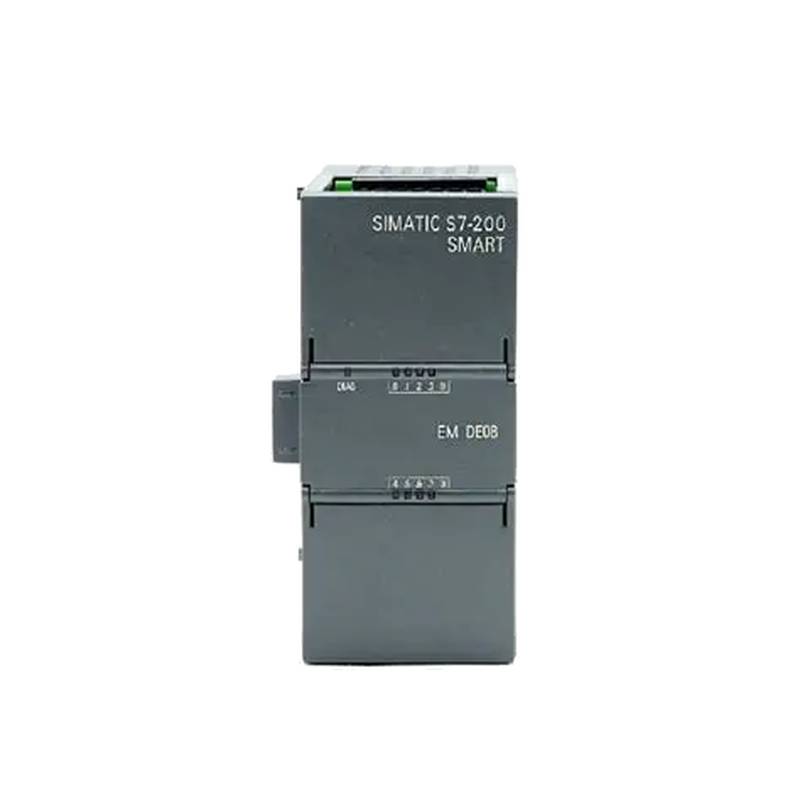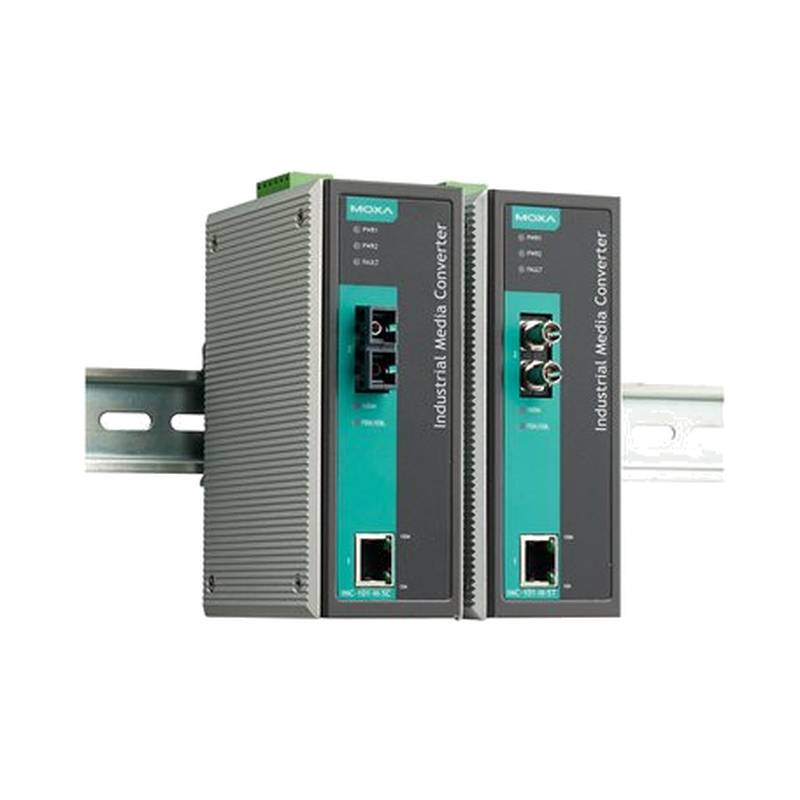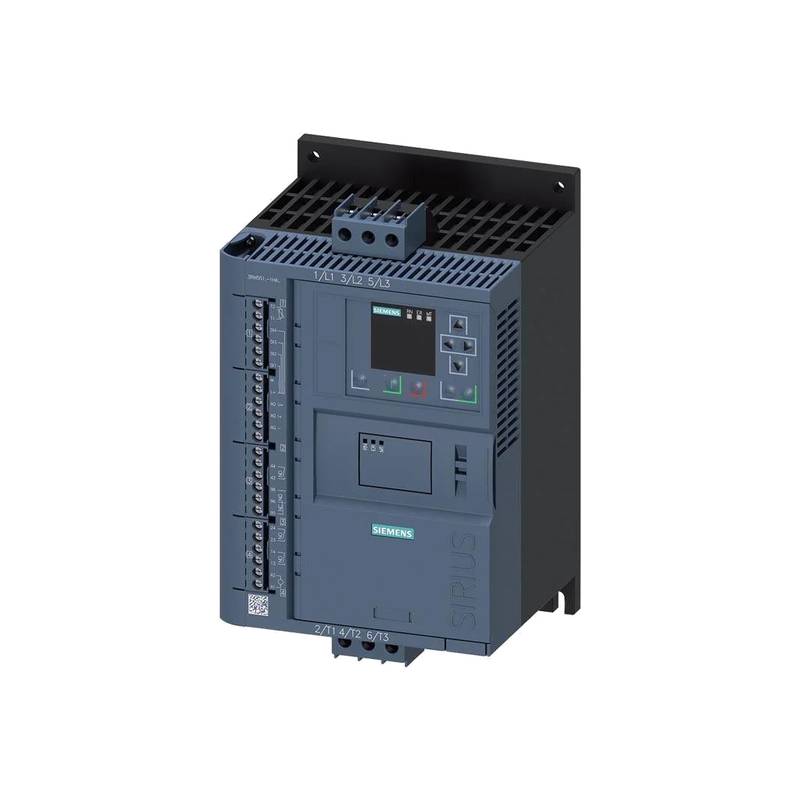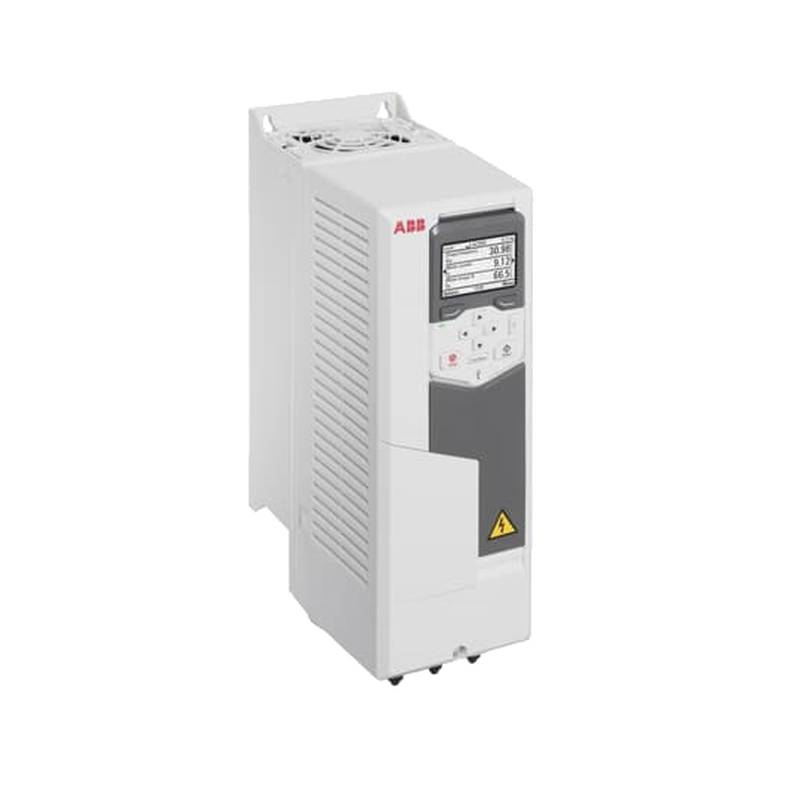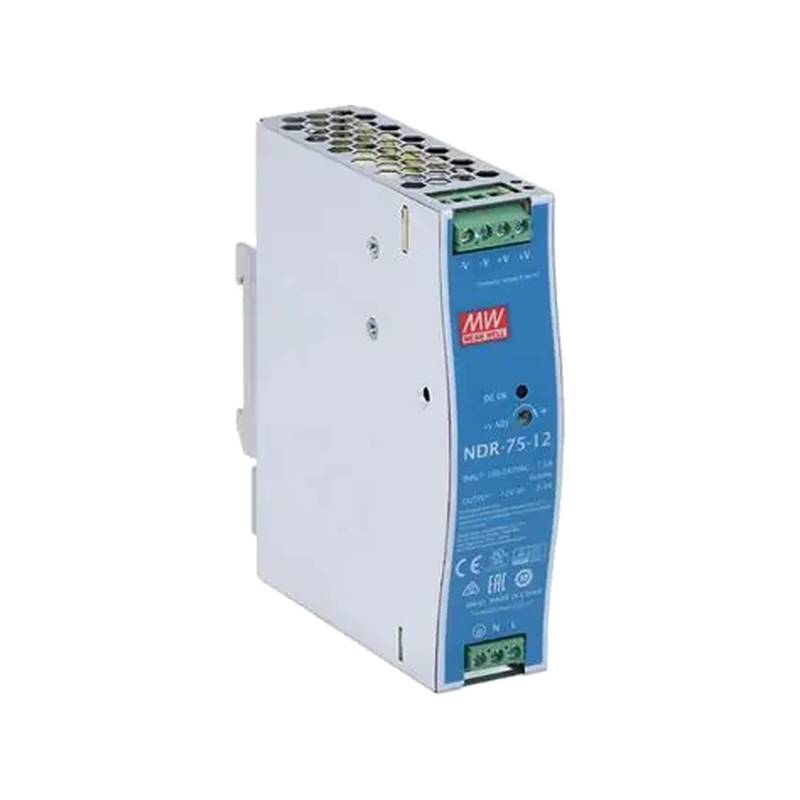
The Moxa CP-132EL-I is a high-performance, 32-port RS-232/422/485 industrial serial board designed to meet the demanding connectivity needs of critical industrial automation systems. Engineered for reliability and robust operation, this interface card offers exceptional flexibility with its selectable RS-232, RS-422, and RS-485 modes on each port, accommodating a wide array of legacy and modern serial devices. Its advanced features, including a 256-byte FIFO buffer and a 15KV ESD protection for all serial lines, ensure data integrity and system stability even in harsh environments. Operating across a wide temperature range of -40 to 85°C, the CP-132EL-I is built for resilience, making it an ideal solution for applications in manufacturing, process control, transportation, and energy sectors.
Product Specifications
| Feature | Specification |
| :-------------------- | :--------------------------------------------- |
| Interface | RS-232, RS-422, RS-485 (selectable) |
| Number of Ports | 32 |
| Data Bits | 5, 6, 7, 8 |
| Stop Bits | 1, 1.5, 2 |
| Parity | None, Even, Odd, Space, Mark |
| Flow Control | RTS/CTS, XON/XOFF, None |
| FIFO Buffer | 256 bytes per port |
| ESD Protection | 15KV HBM (all signals) |
| Operating Temperature | -40 to 85°C |
| Host Interface | PCI Express x1 |
| Power Consumption | 1.6 W max (typically) |
| Dimensions | 176 x 107 mm |
Core Features & Market Positioning
The Moxa CP-132EL-I stands out in the industrial serial board market due to its unparalleled port density and sophisticated error-handling capabilities. With 32 ports on a single PCIe board, it significantly reduces rack space requirements and simplifies complex network architectures compared to solutions with fewer ports. The integrated 15KV ESD protection on every serial line is a critical differentiator, offering superior resilience against electrostatic discharge, a common cause of hardware failure in industrial settings. Furthermore, its wide operating temperature range ensures reliable performance in extreme environments where other devices would falter. This combination of high port count, robust protection, and environmental tolerance positions the CP-132EL-I as a premium choice for mission-critical applications demanding maximum uptime and data integrity.
Key Application Scenarios
The versatility of the Moxa CP-132EL-I makes it indispensable across various industrial sectors. In manufacturing plants, it facilitates the integration of numerous machines, sensors, and control systems onto a unified communication backbone, supporting SCADA and MES implementations. For process industries like oil and gas or chemical processing, it enables the reliable connection of distributed I/O modules, analytical instruments, and remote terminal units (RTUs) in hazardous or remote locations. In the transportation sector, it can manage communication for traffic control systems, railway signaling, and intelligent transportation infrastructure. The energy industry also benefits, utilizing the CP-132EL-I for connecting grid monitoring devices, substation automation equipment, and renewable energy management systems, where dependable serial communication is paramount.
Practical System Integration Guidance
Integrating the Moxa CP-132EL-I into an existing industrial system is streamlined through its standard PCIe interface and comprehensive driver support. Installation involves physically seating the board into an available PCIe slot on the host industrial PC. Moxa provides robust drivers for various operating systems, including Windows and Linux, ensuring compatibility with most industrial control platforms. For port configuration, users can select the desired serial protocol (RS-232, RS-422, or RS-485) and termination settings via Moxa's utility software or through API calls, allowing for dynamic adaptation to specific device requirements. Proper cabling is crucial; using shielded, industrial-grade serial cables minimizes electromagnetic interference, especially when employing RS-485 in multi-drop configurations.
Operation and Risk Mitigation
Operating the Moxa CP-132EL-I demands attention to environmental conditions and proper network configuration to mitigate potential risks. While the board features inherent ESD protection, grounding the industrial PC chassis and utilizing shielded cables further enhance protection against electrical transients. For RS-485 multi-drop networks, careful planning of termination resistors is essential to prevent signal reflections and ensure reliable data transmission across longer distances. Incorrect baud rate or data format settings are common causes of communication failures; users should verify these parameters against the specifications of connected devices. Regular firmware updates from Moxa should be applied to benefit from performance enhancements and security patches, safeguarding against evolving threats.
Scalability & Long-Term Value
The Moxa CP-132EL-I offers significant long-term value through its inherent scalability and compatibility with evolving industrial communication standards. Its high port density allows for the expansion of serial device connectivity without requiring additional physical slots, facilitating growth within existing infrastructure. The board's compatibility with standard industrial PCs and operating systems ensures it remains a relevant component even as control systems are upgraded. Furthermore, its robust design and Moxa's commitment to long-term product availability and driver support mean that systems relying on the CP-132EL-I can be maintained and expanded for many years. This makes it a strategic investment for organizations looking to build future-proof industrial automation solutions, including those embracing Industrial IoT (IIoT) concepts through reliable data acquisition from legacy equipment.
Frequently Asked Questions
What are the primary benefits of using the Moxa CP-132EL-I?
The Moxa CP-132EL-I offers superior port density, allowing 32 serial connections on a single PCIe card, ideal for space-constrained systems. Its robust 15KV ESD protection on all serial ports significantly enhances reliability in harsh industrial environments. The board supports selectable RS-232, RS-422, and RS-485 modes, providing exceptional flexibility for integrating diverse serial devices.
How do I configure the serial port modes on the CP-132EL-I?
Serial port modes (RS-232, RS-422, RS-485) are typically configured using Moxa's provided software utilities, often accessible through the operating system's device manager or a dedicated configuration application. This software allows users to assign specific modes to each of the 32 ports individually.
What operating systems are supported by the Moxa CP-132EL-I?
Moxa provides comprehensive driver support for a wide range of operating systems, including various versions of Windows (e.g., Windows 10, Server editions) and Linux distributions. This broad compatibility ensures seamless integration into diverse industrial control environments.
What is the maximum cable length for RS-485 using the CP-132EL-I?
Maximum cable length depends on the baud rate and cable quality, but generally, RS-485 can support distances up to 1200 meters (approx. 3900 feet) at lower baud rates with appropriate cable termination. Ensure shielded twisted-pair cables are used for best performance.
How does the 15KV ESD protection work?
The 15KV ESD protection is integrated into the serial port circuitry, acting as a buffer to dissipate static electrical discharge before it can damage the sensitive components of the board or the connected devices. This protection is crucial for maintaining operational stability in environments prone to static buildup.
What is the difference between RS-422 and RS-485?
RS-422 supports full-duplex communication with one driver and ten receivers, while RS-485 supports half-duplex communication with multi-drop capabilities, allowing many devices to share the same bus. The CP-132EL-I allows selection between these modes for different application needs.
Can the CP-132EL-I be used in extreme temperature environments?
Yes, the CP-132EL-I is designed for industrial use and operates reliably within a wide temperature range of -40 to 85°C (-40 to 185°F), making it suitable for many demanding environments.
What role does the 256-byte FIFO buffer play?
The 256-byte FIFO (First-In, First-Out) buffer on each port helps to reduce CPU overhead by temporarily storing data, allowing the host processor to handle other tasks efficiently. This improves overall system performance and data throughput, especially at high communication speeds.
What are the power requirements for the CP-132EL-I?
The Moxa CP-132EL-I typically consumes a maximum of 1.6W, making it a power-efficient solution for industrial PCs, ensuring it does not significantly strain system power budgets.
How can I troubleshoot communication issues with the CP-132EL-I?
Start by verifying physical connections and cable integrity. Check driver installation and ensure the correct serial port settings (baud rate, data bits, parity, stop bits) are configured for both the board and the connected device. Utilize diagnostic tools provided by Moxa or the operating system to monitor port status and data traffic.














